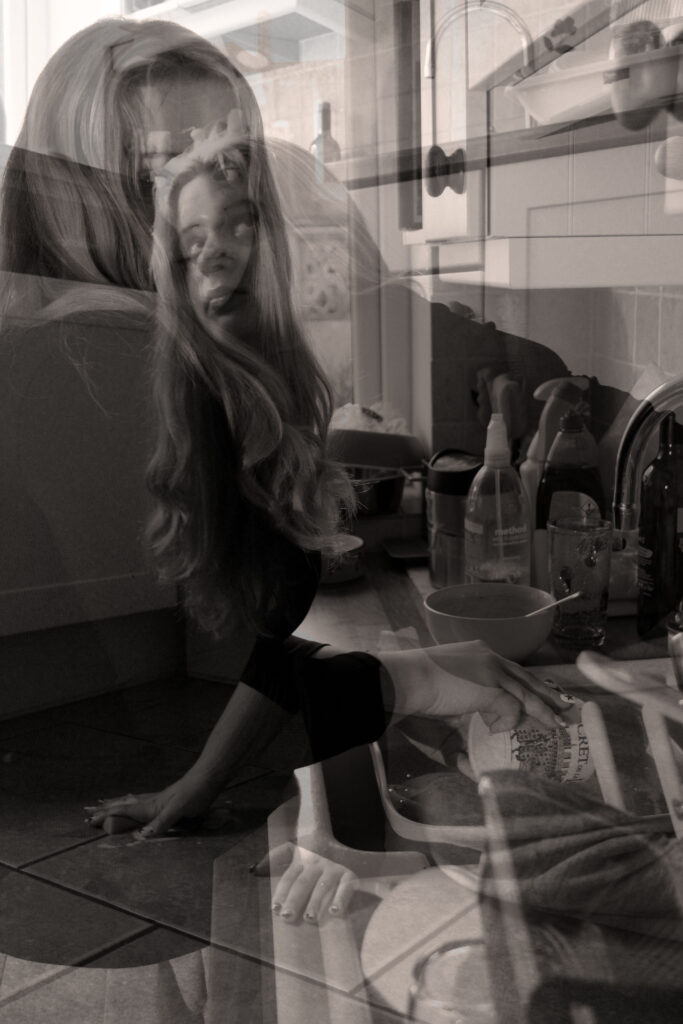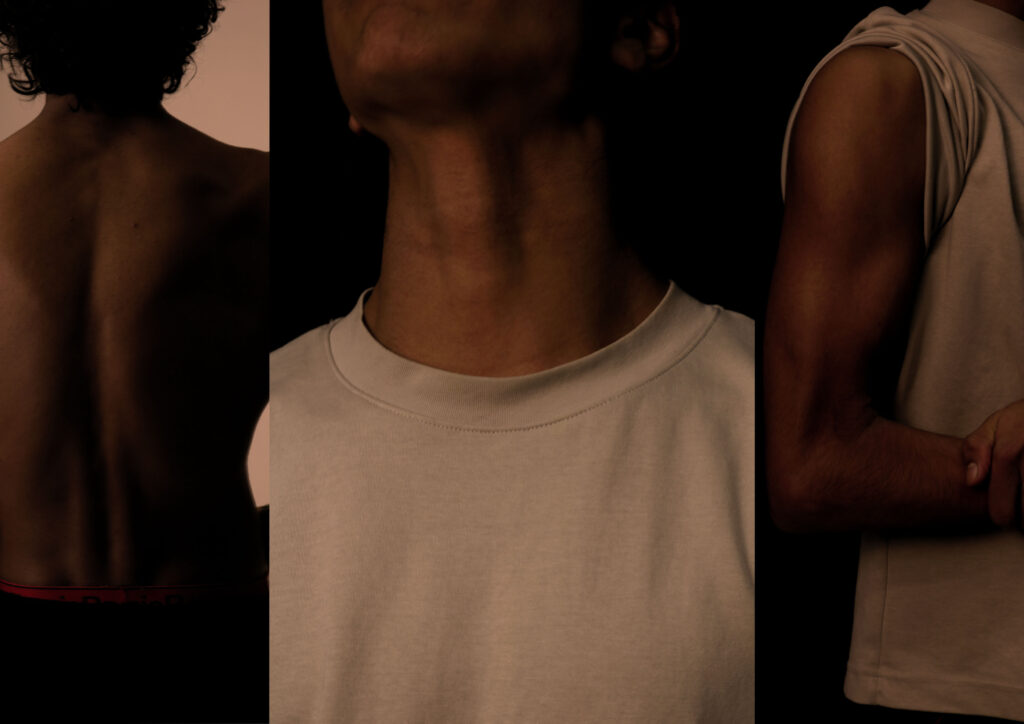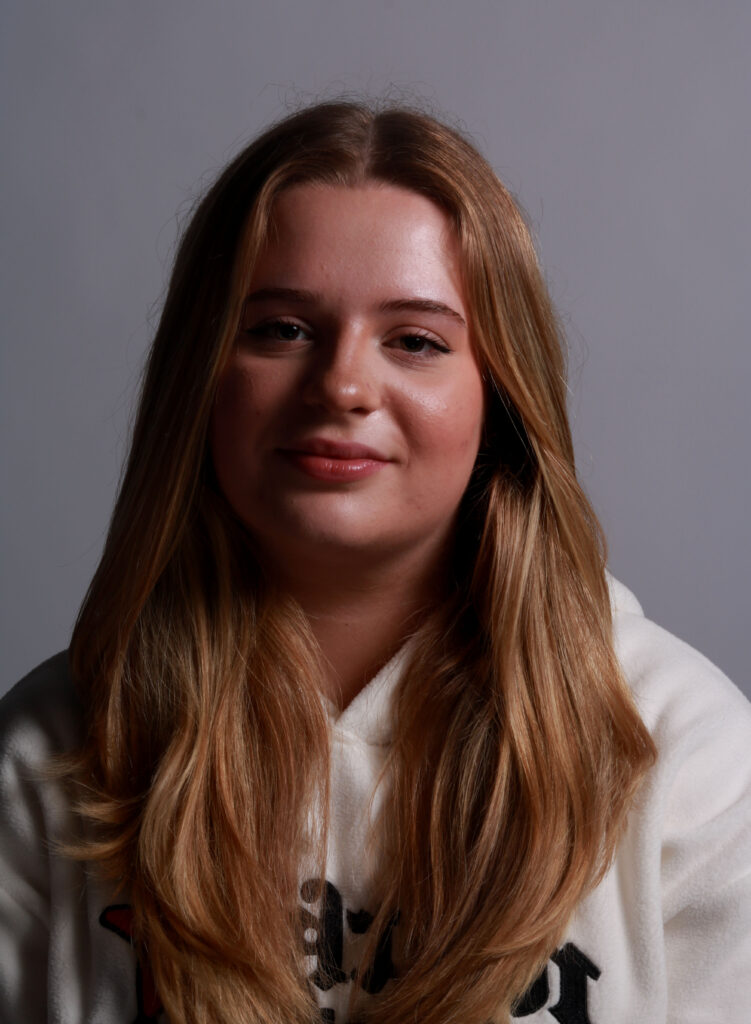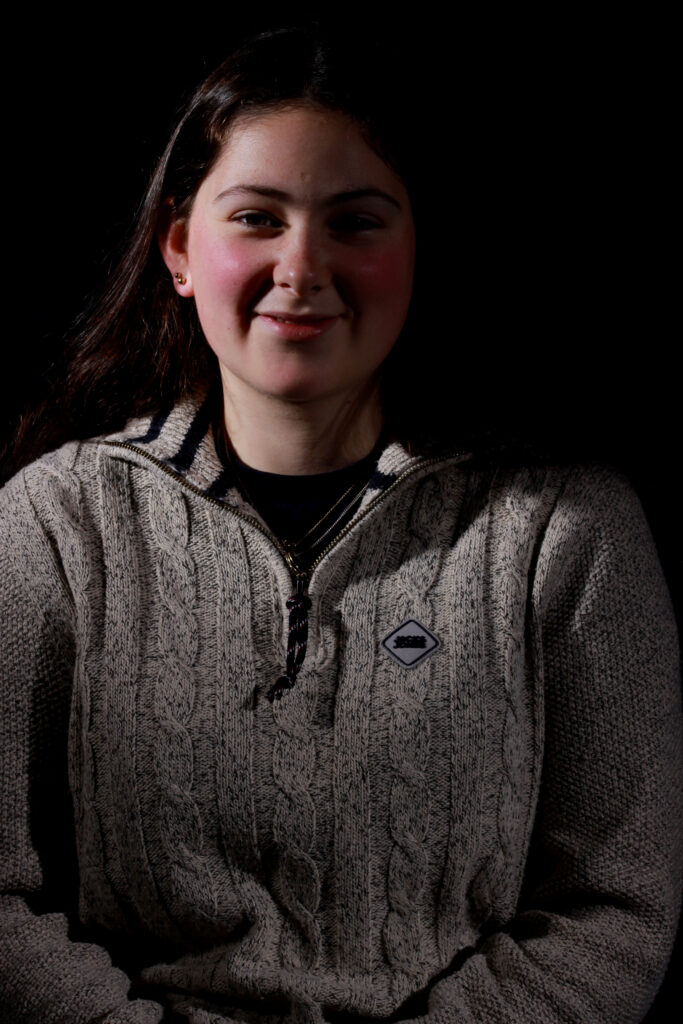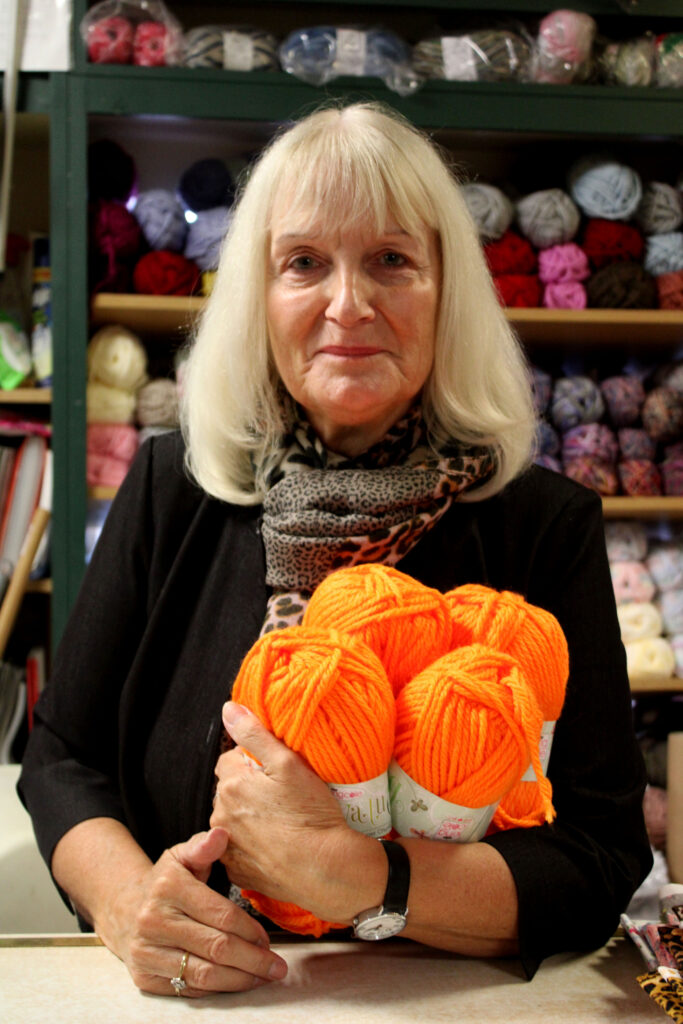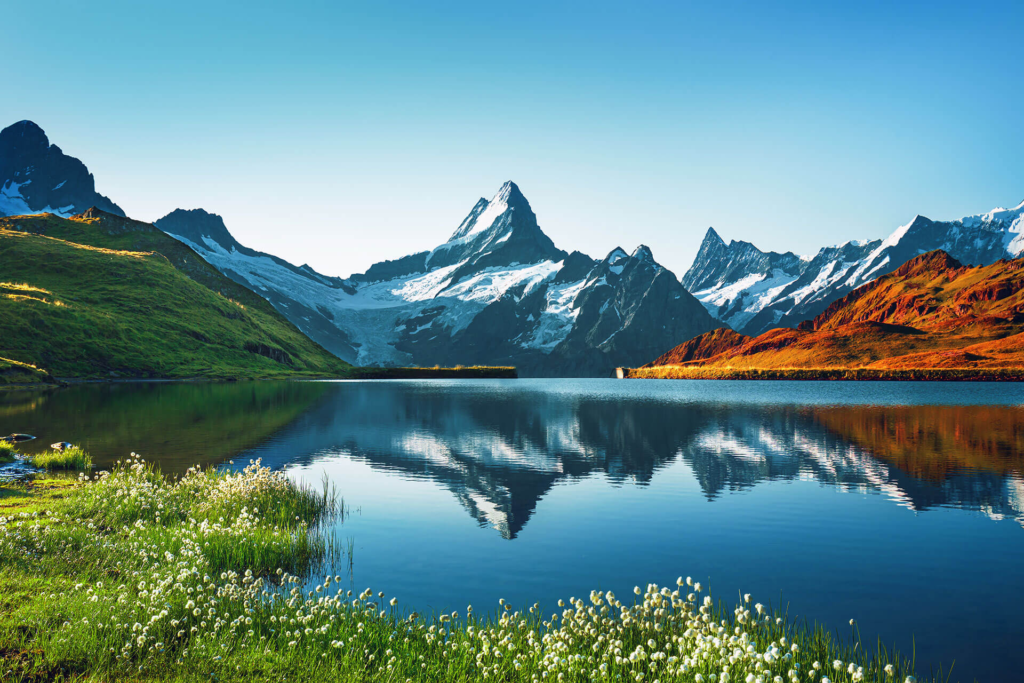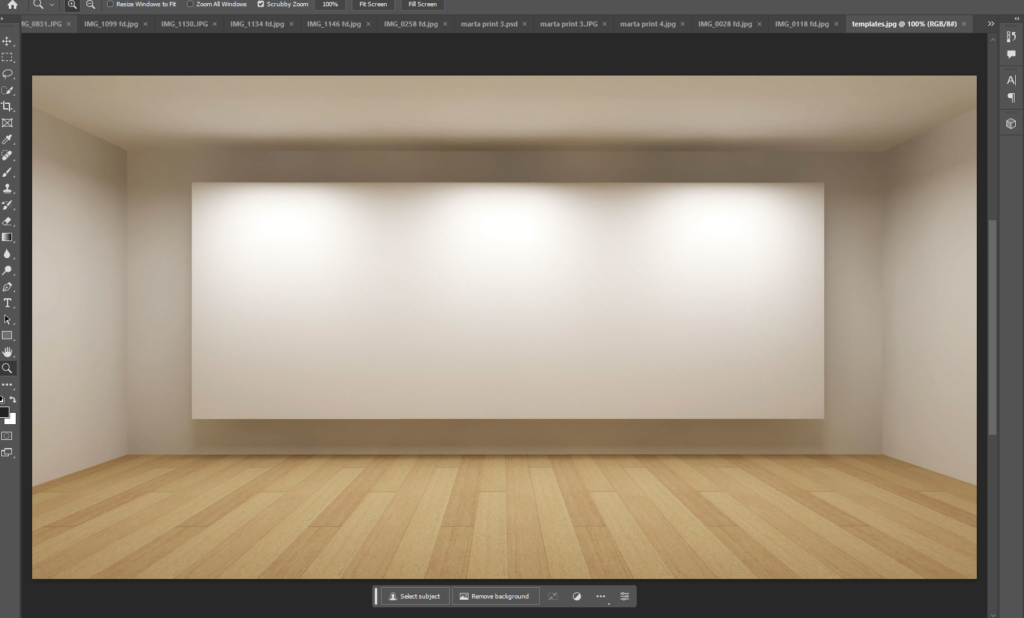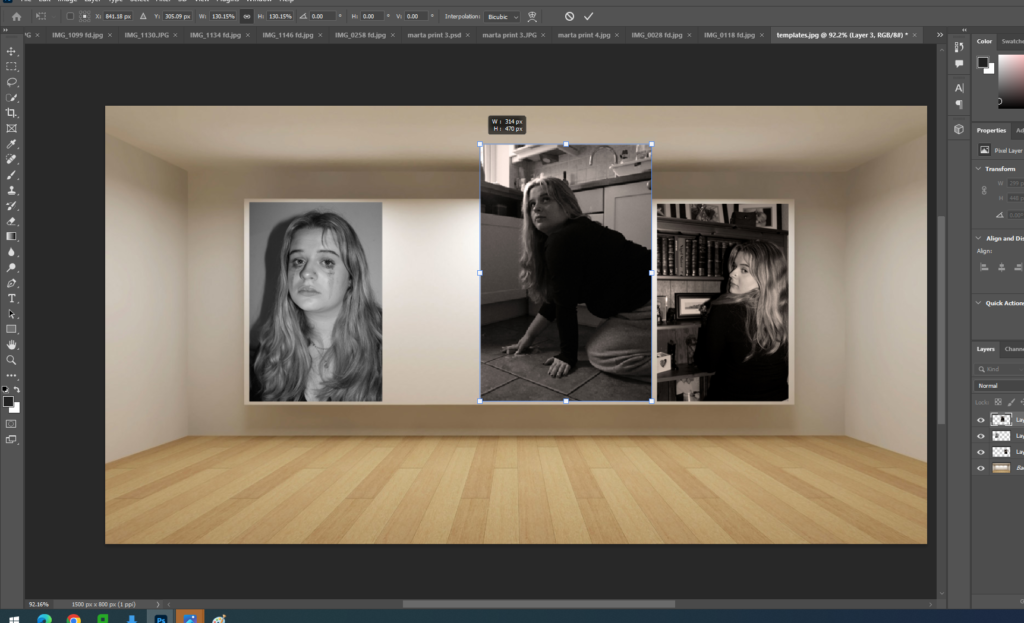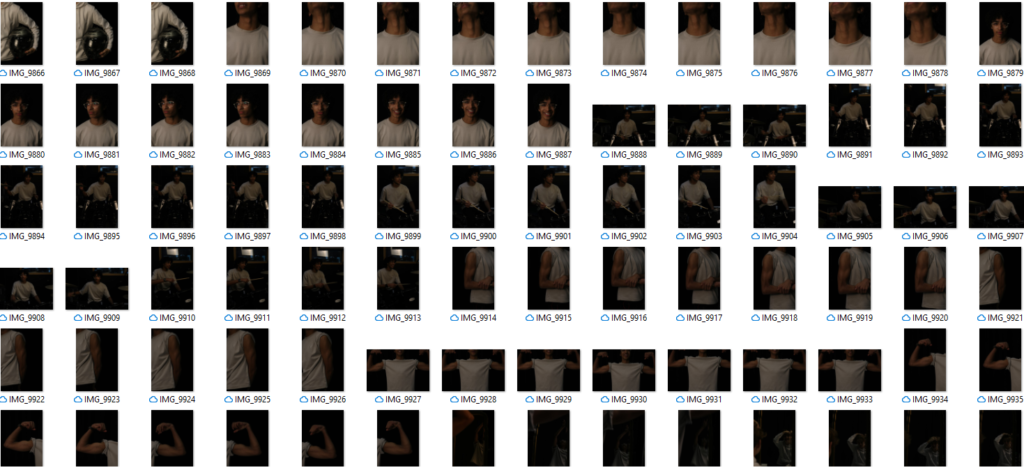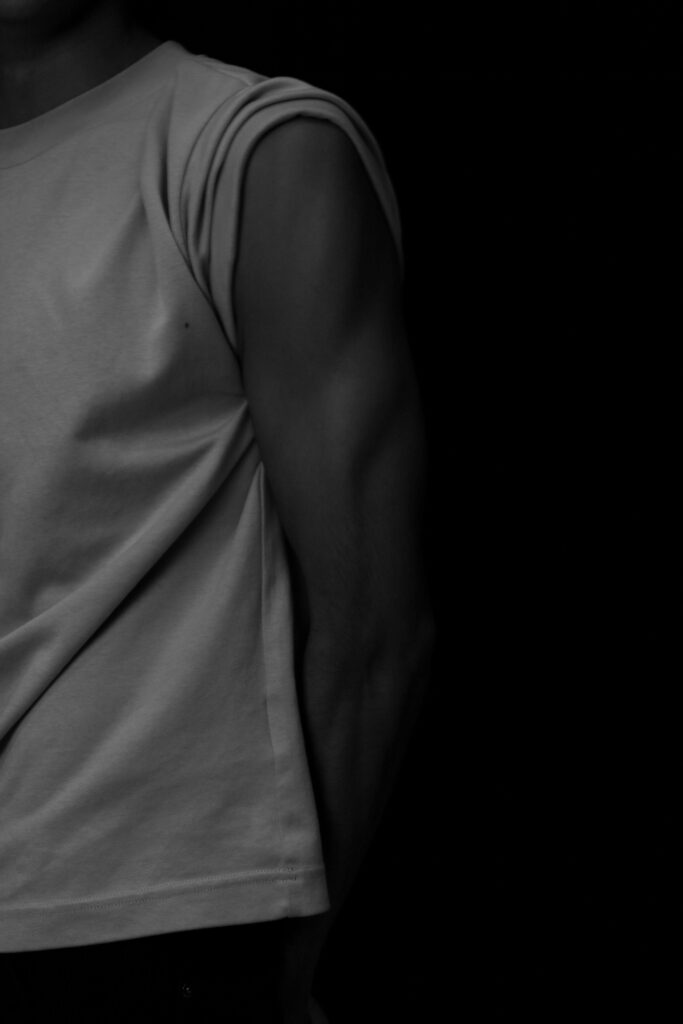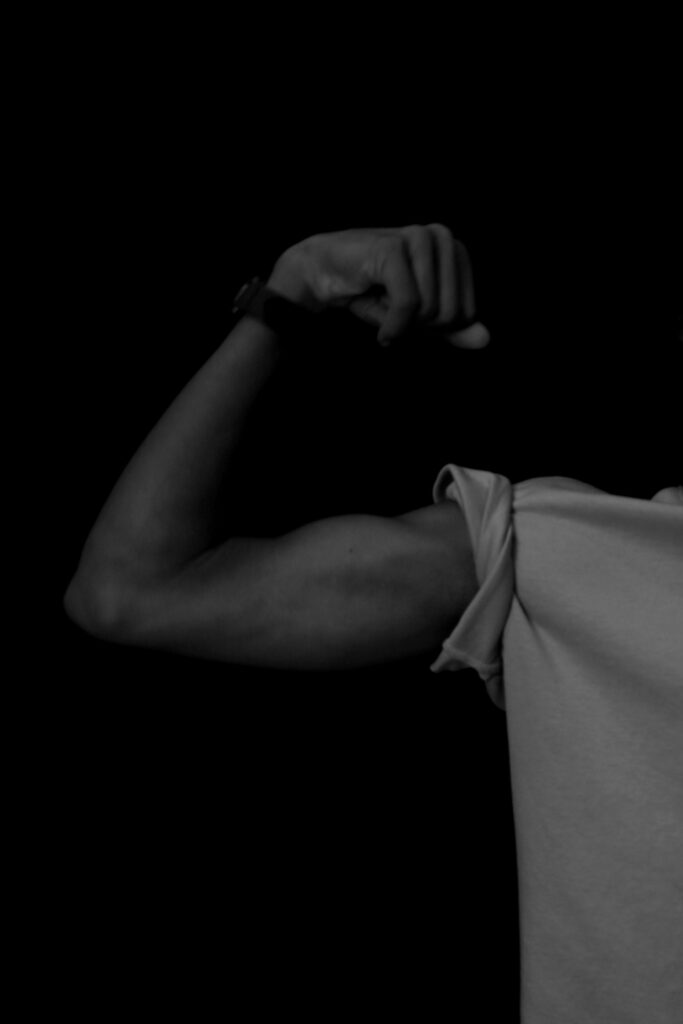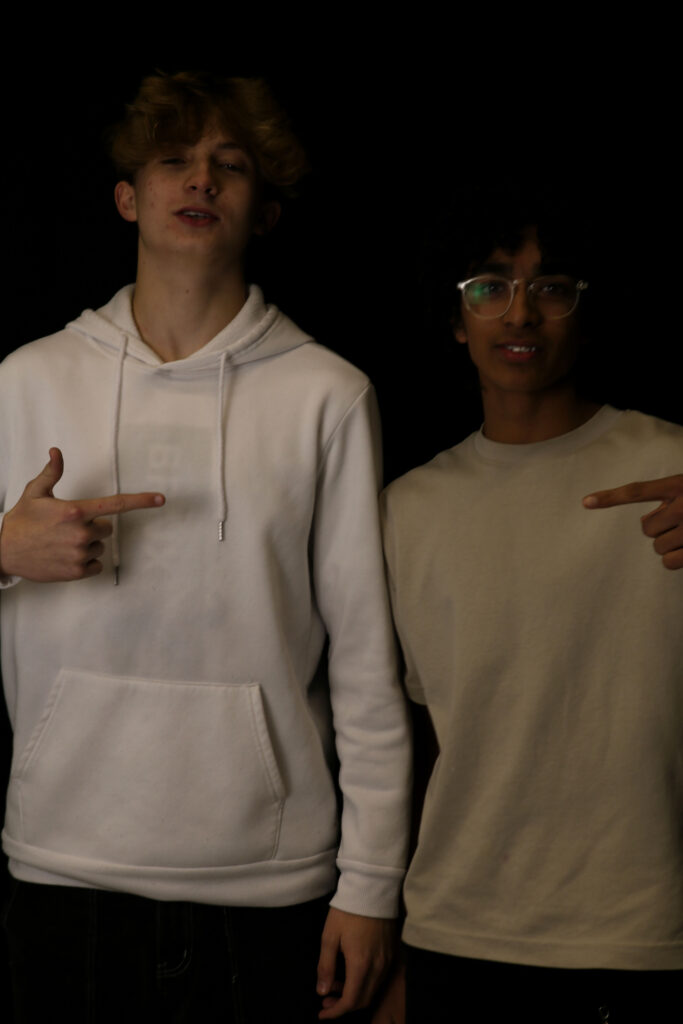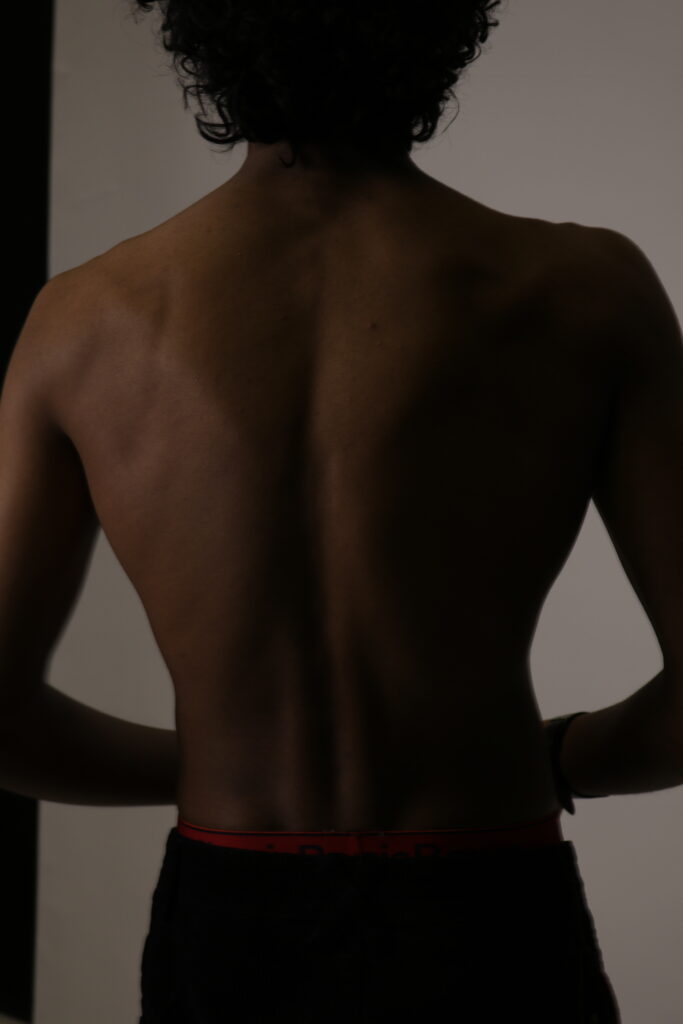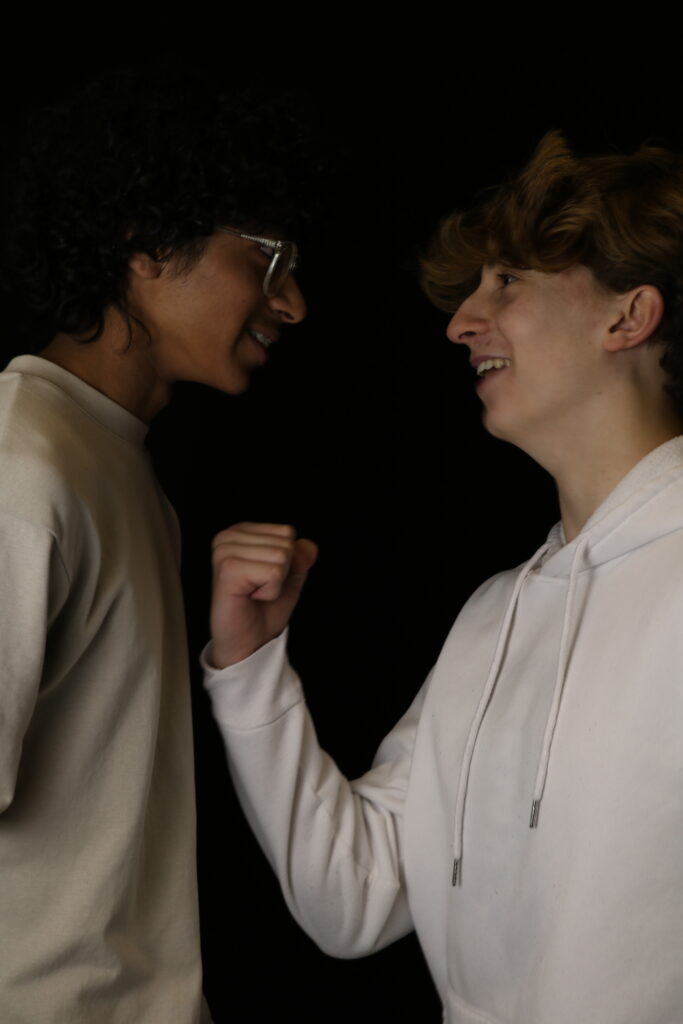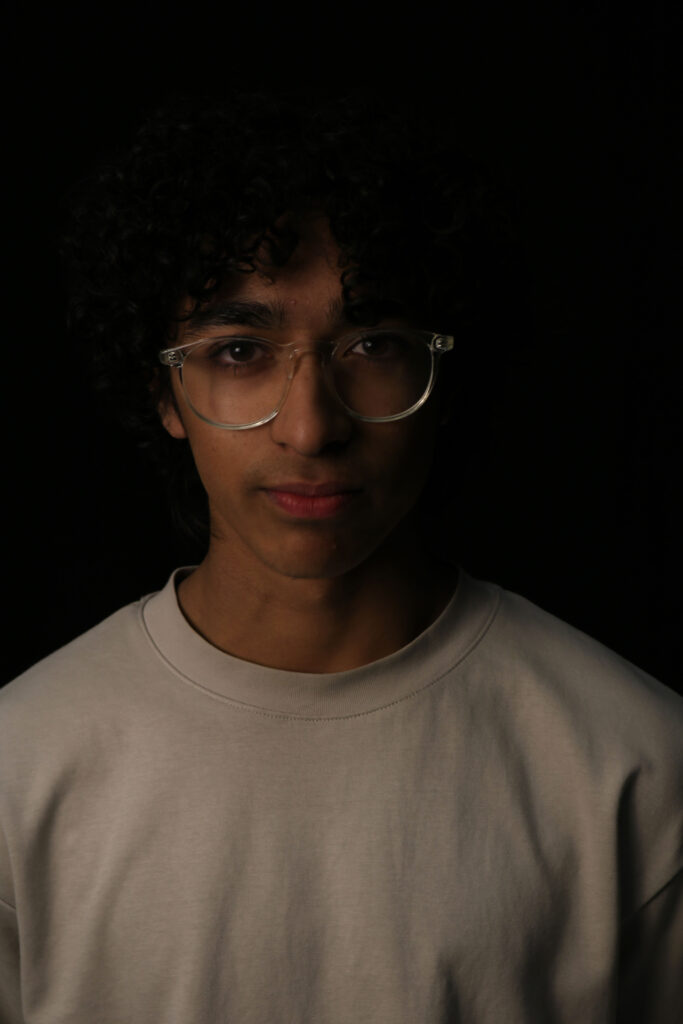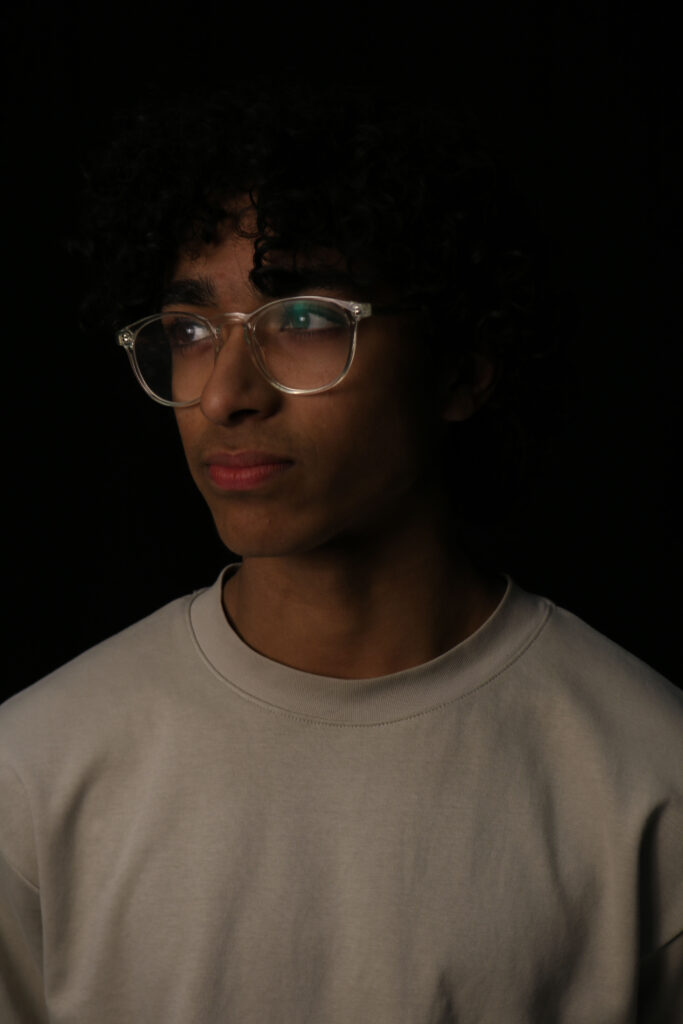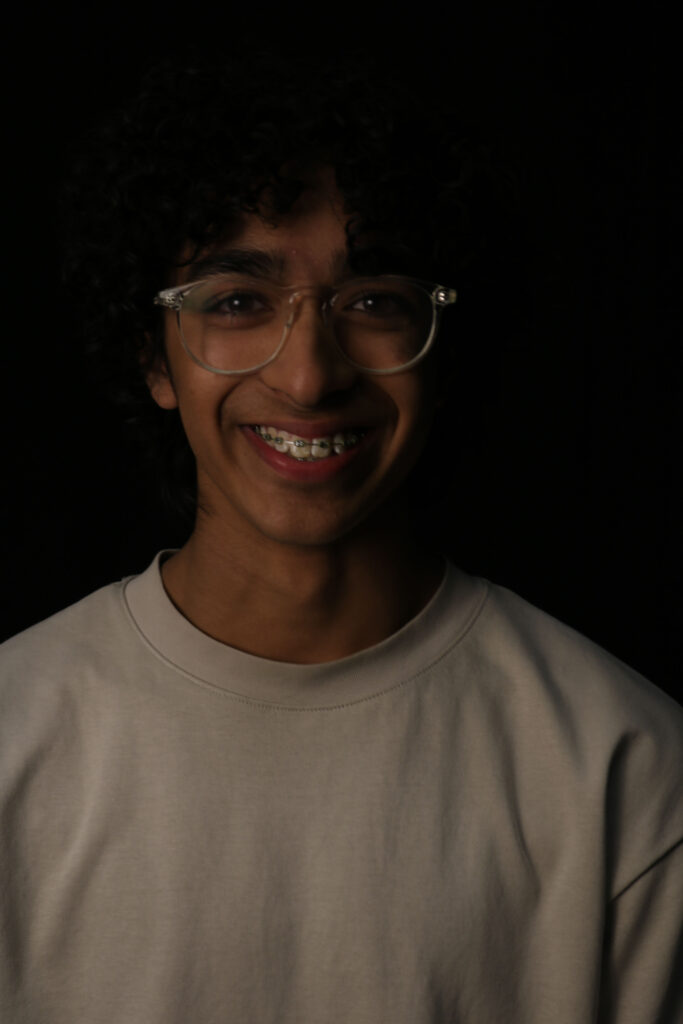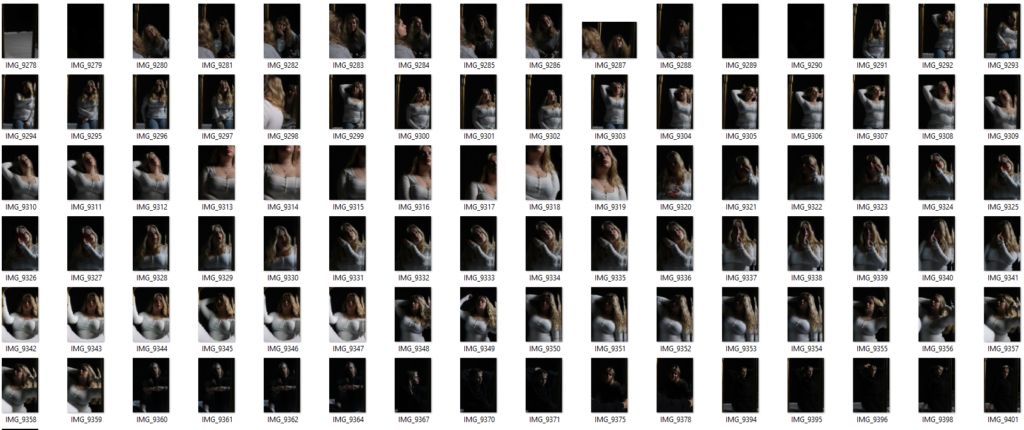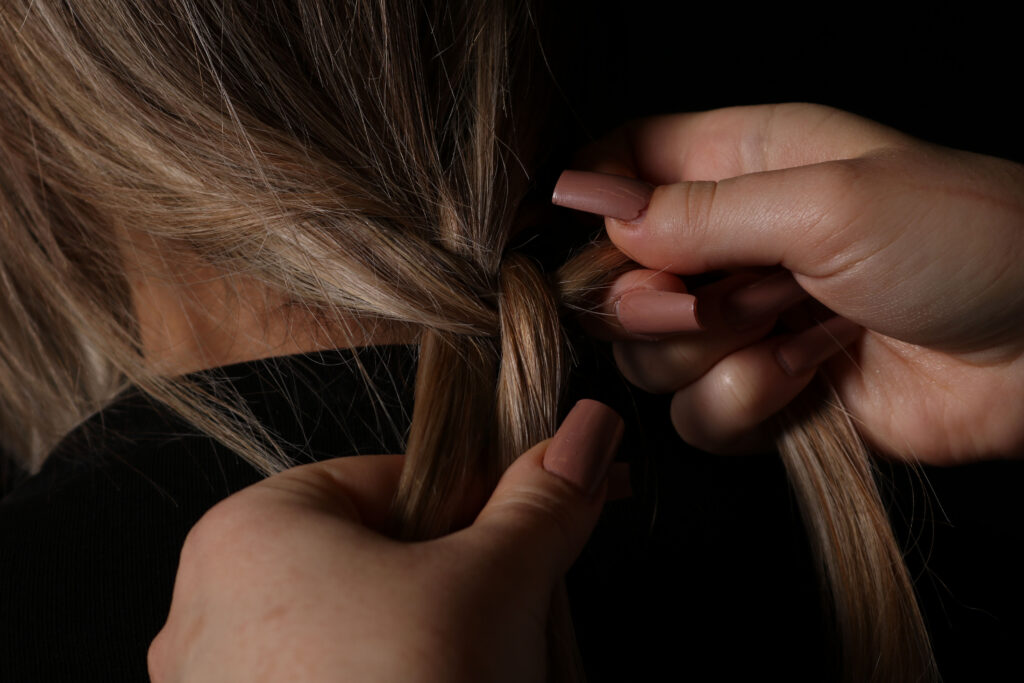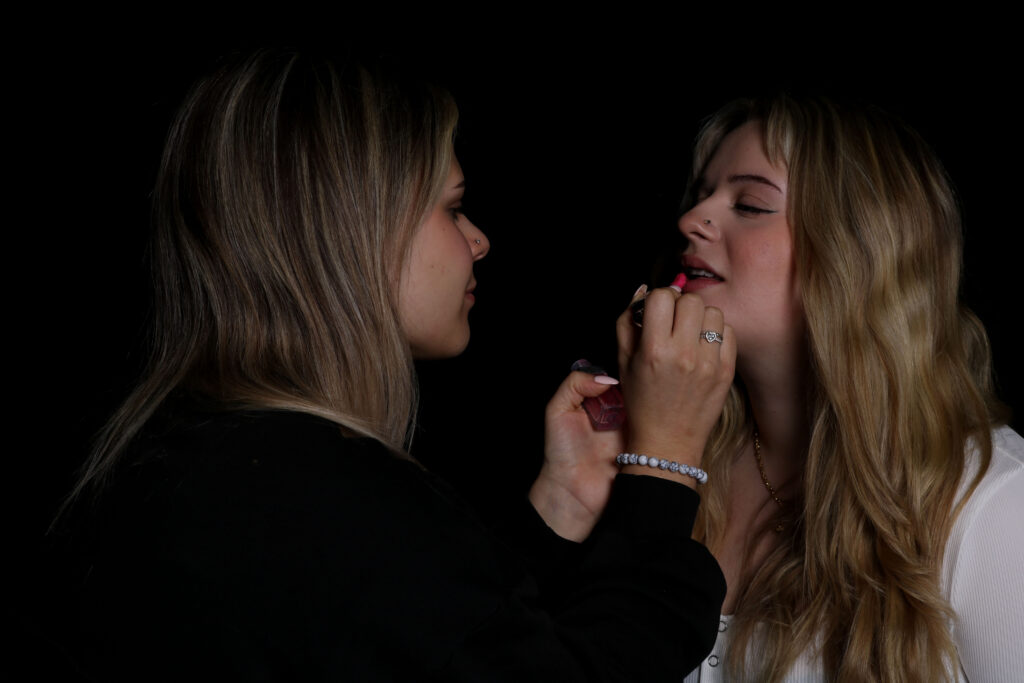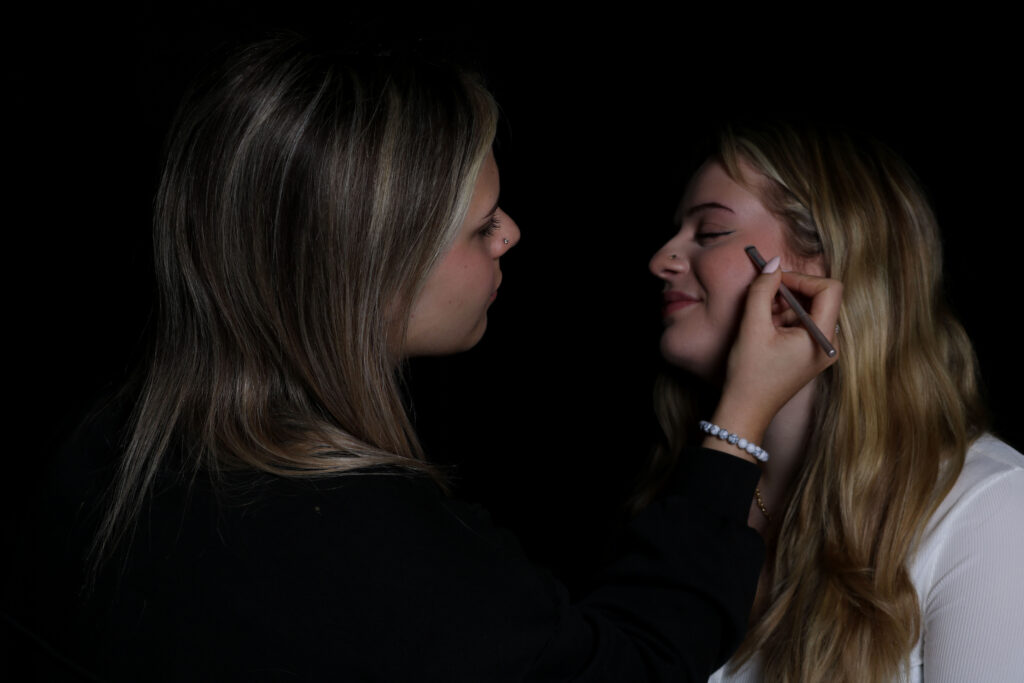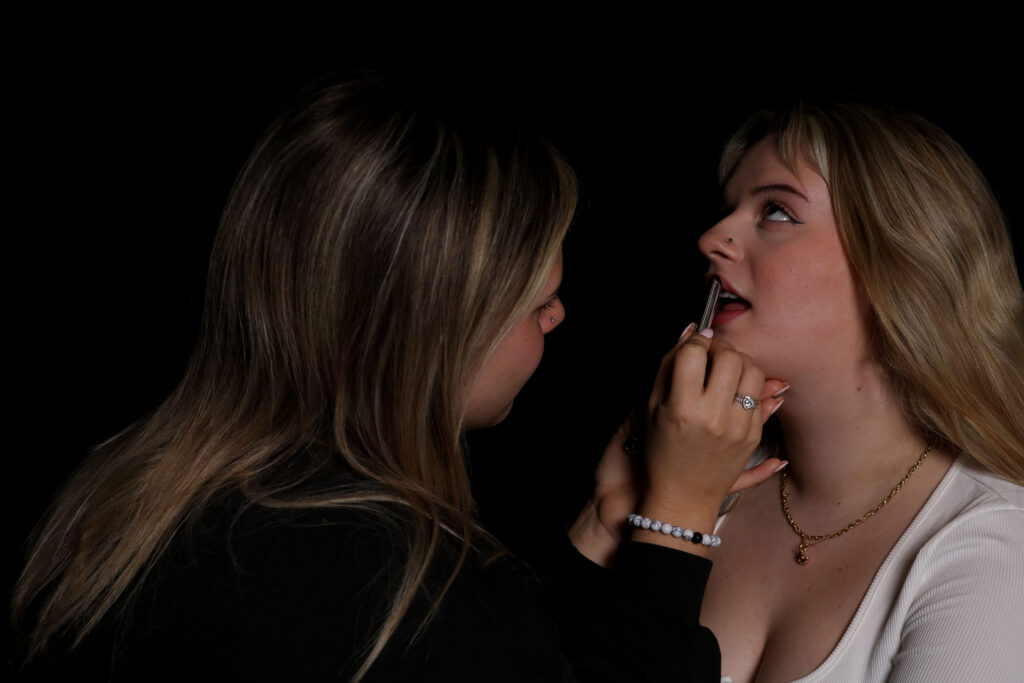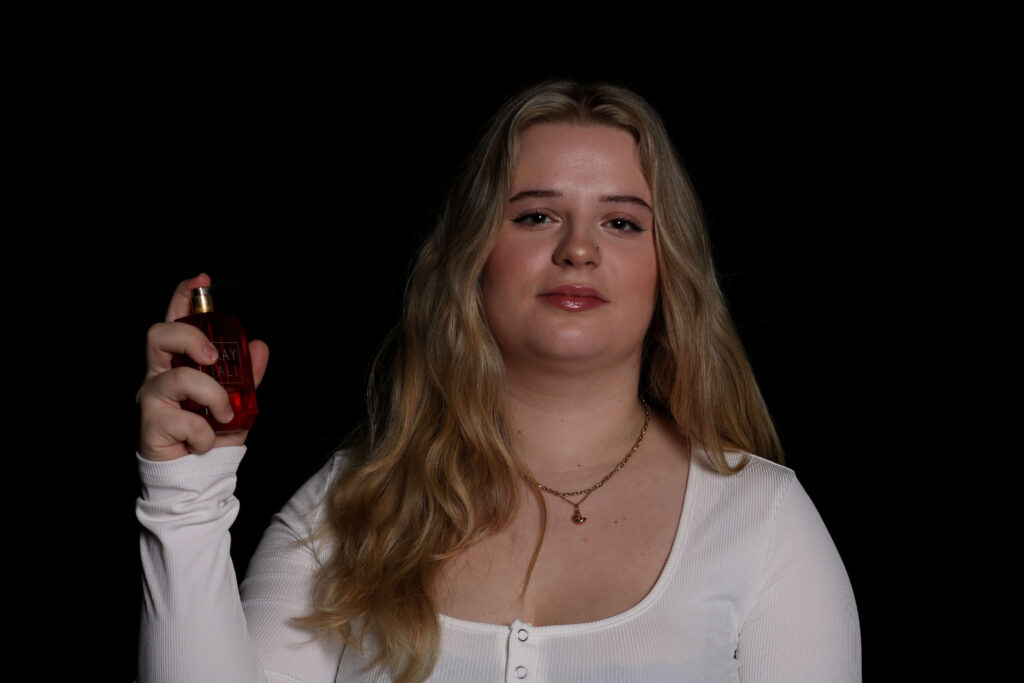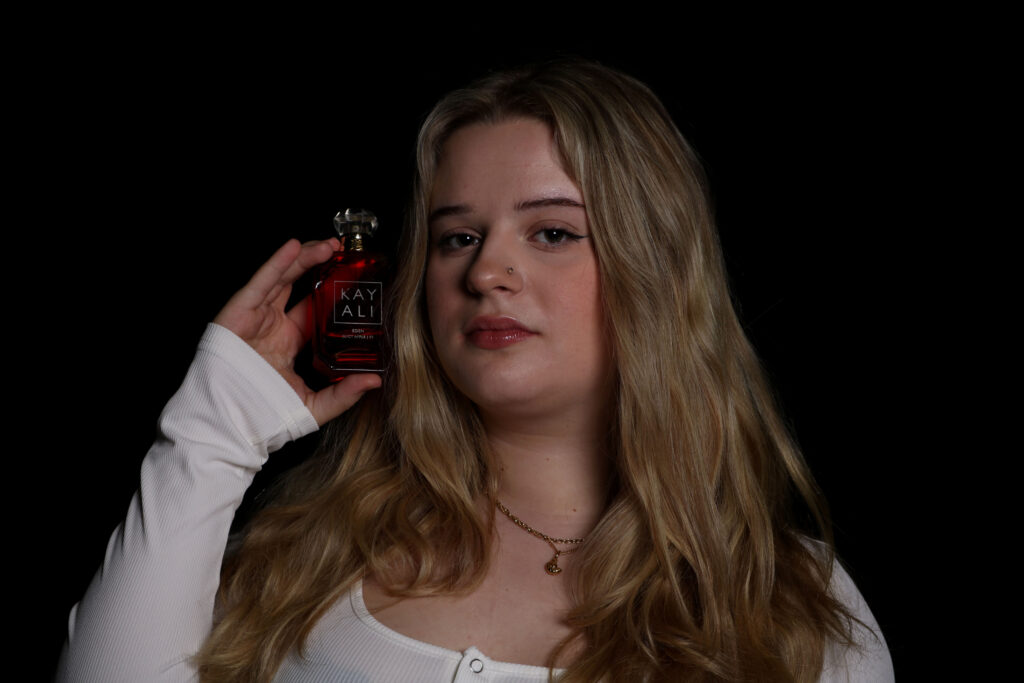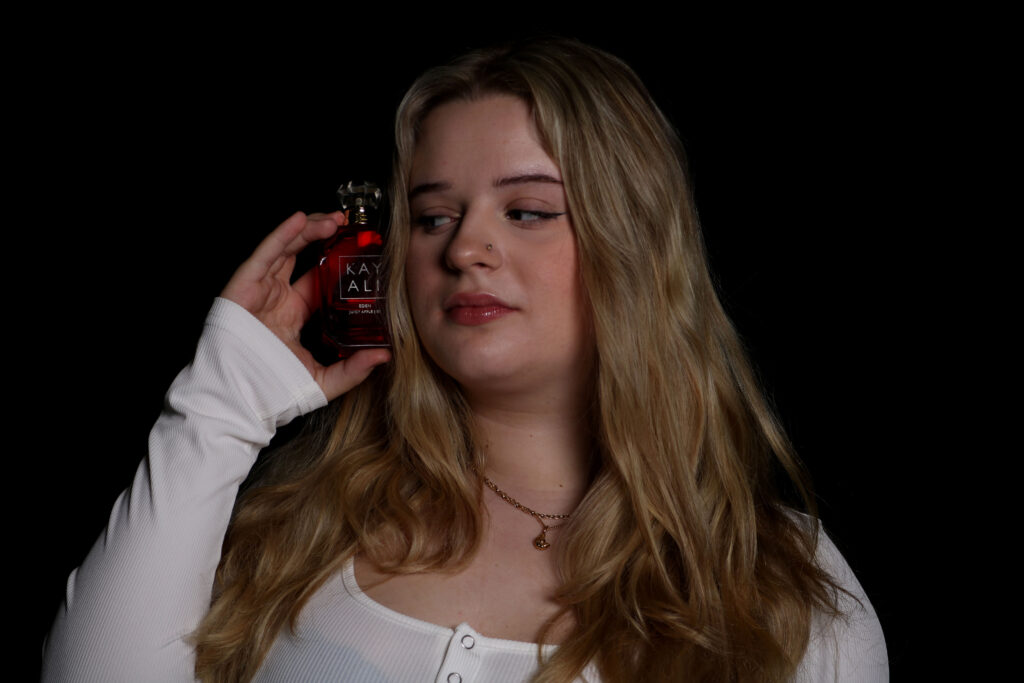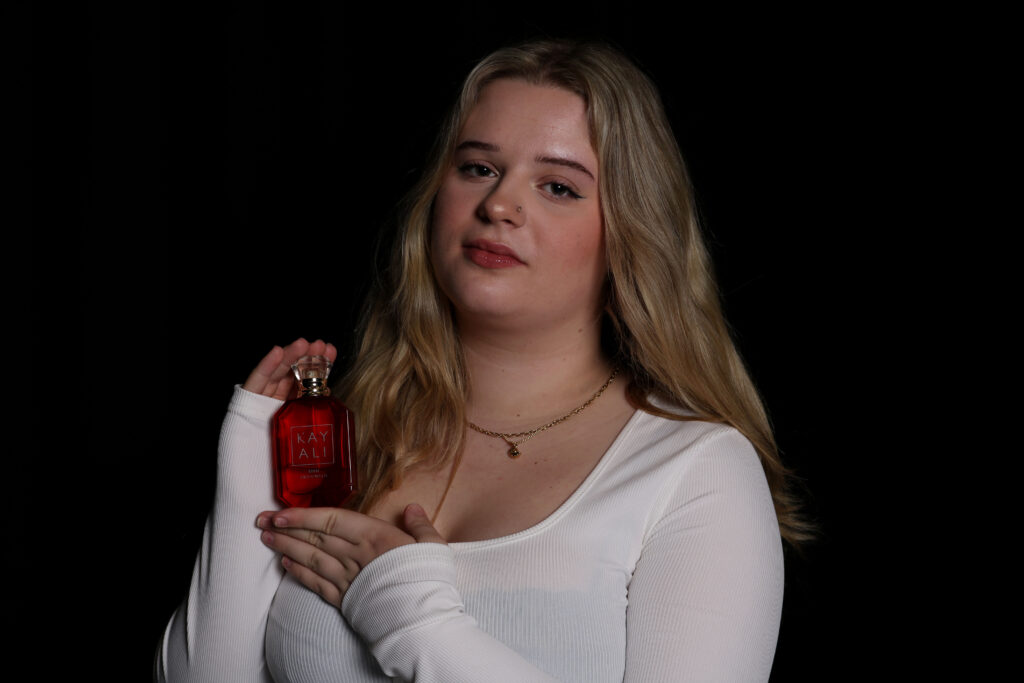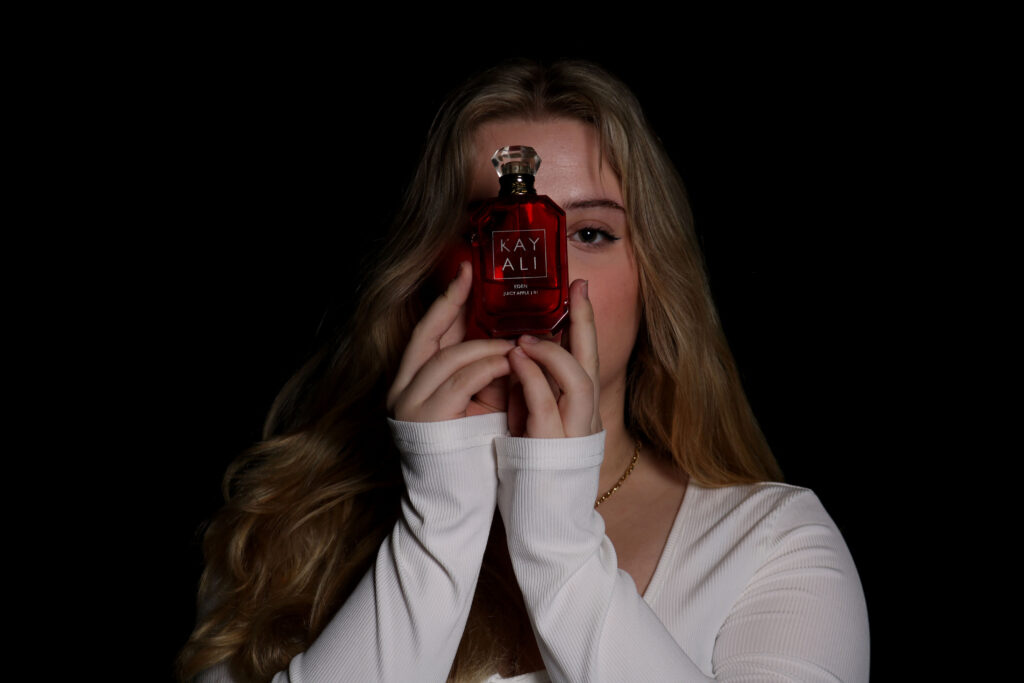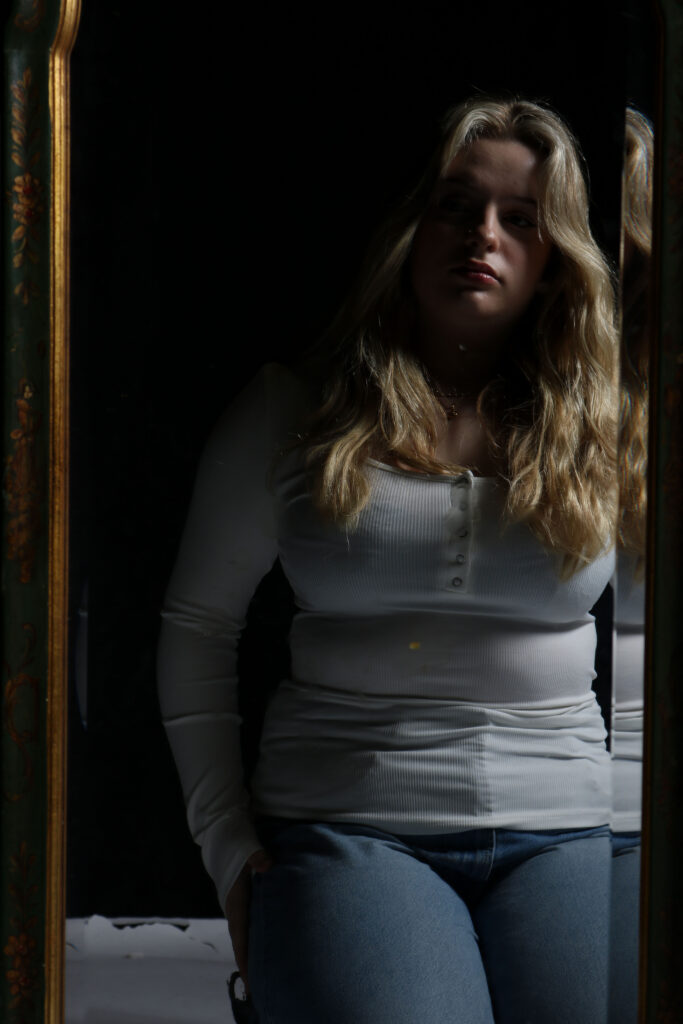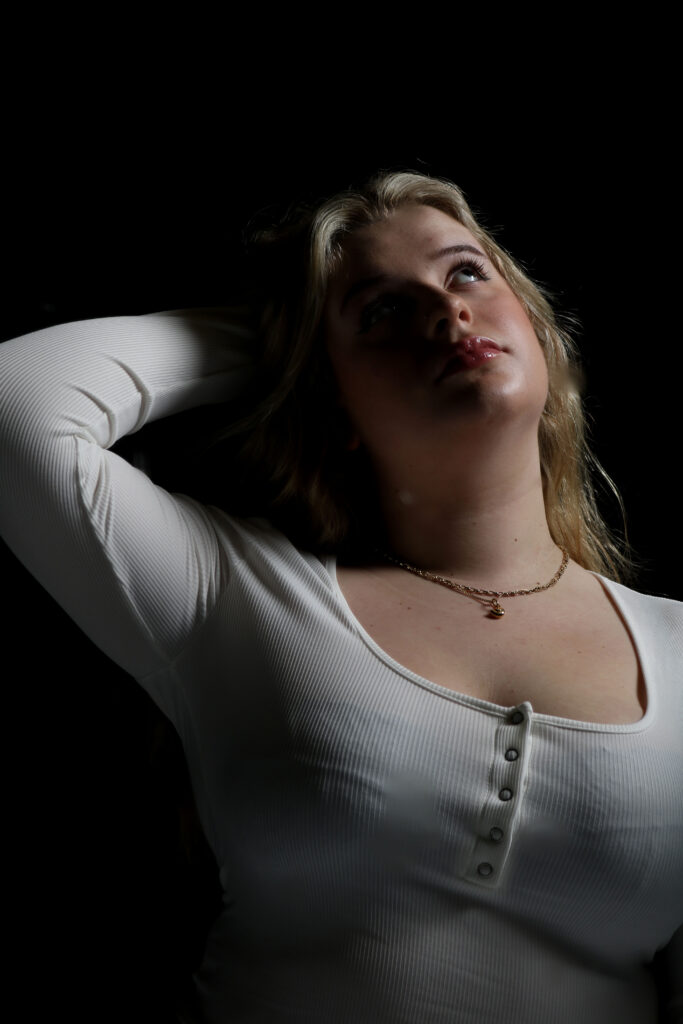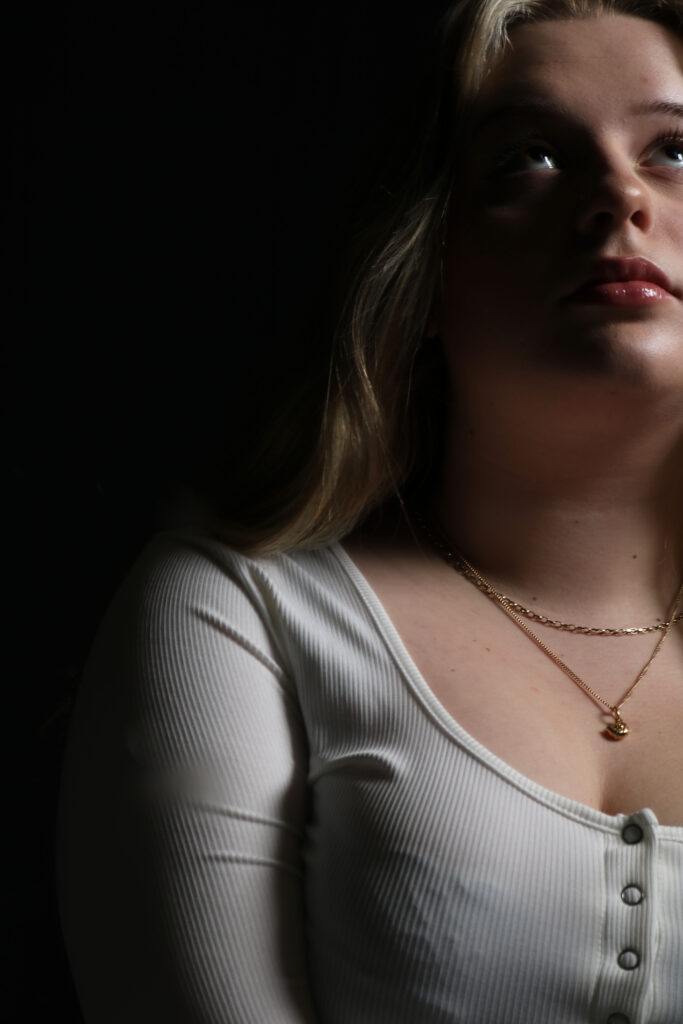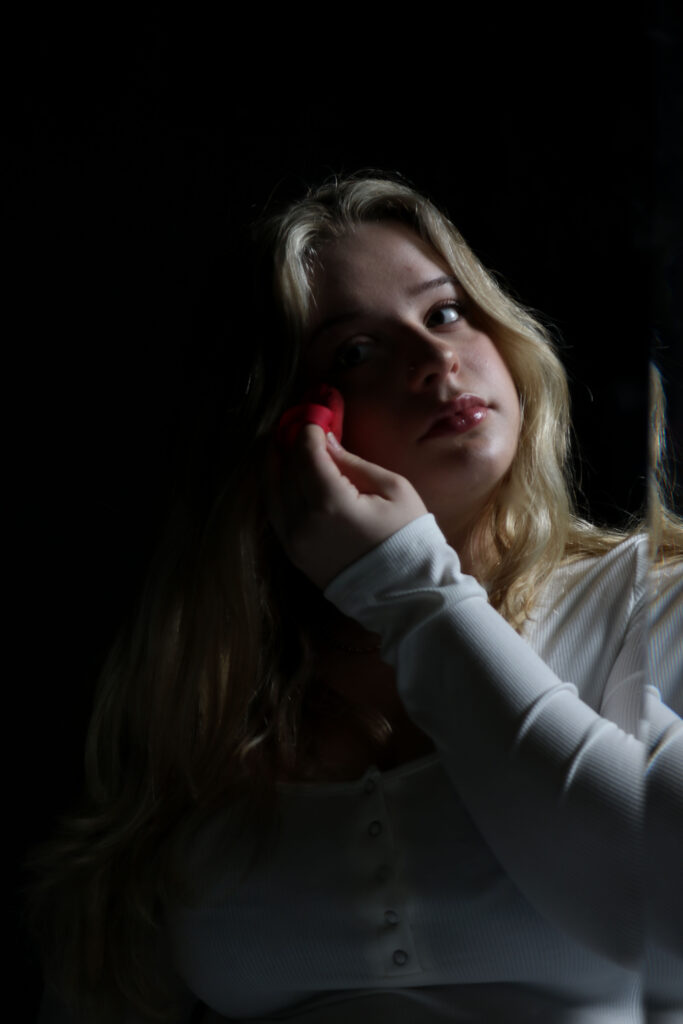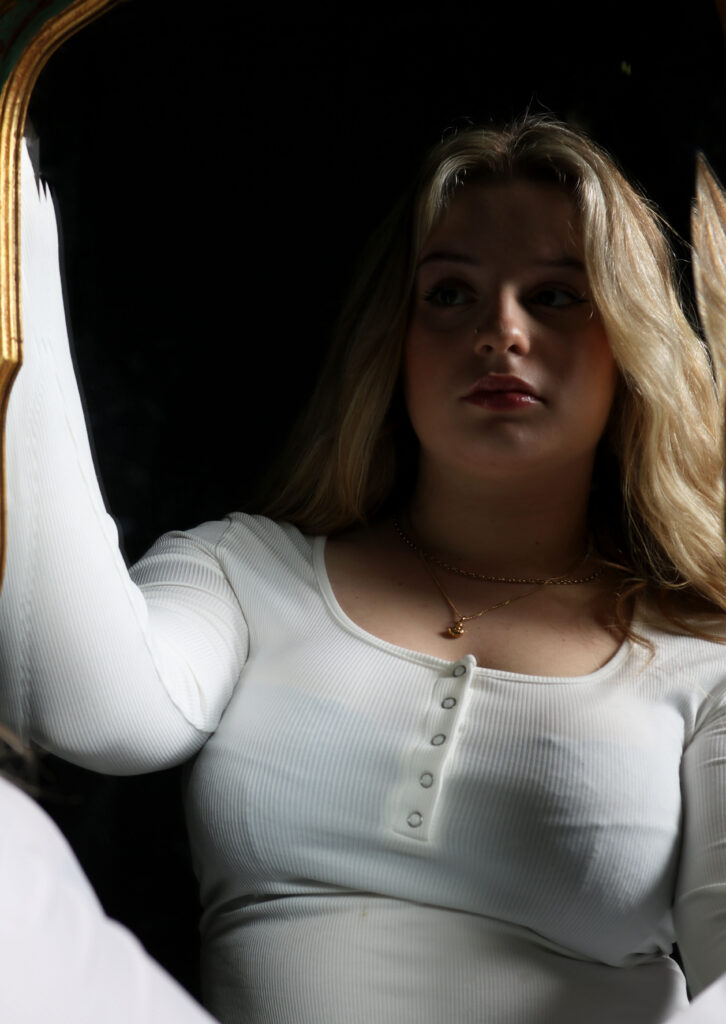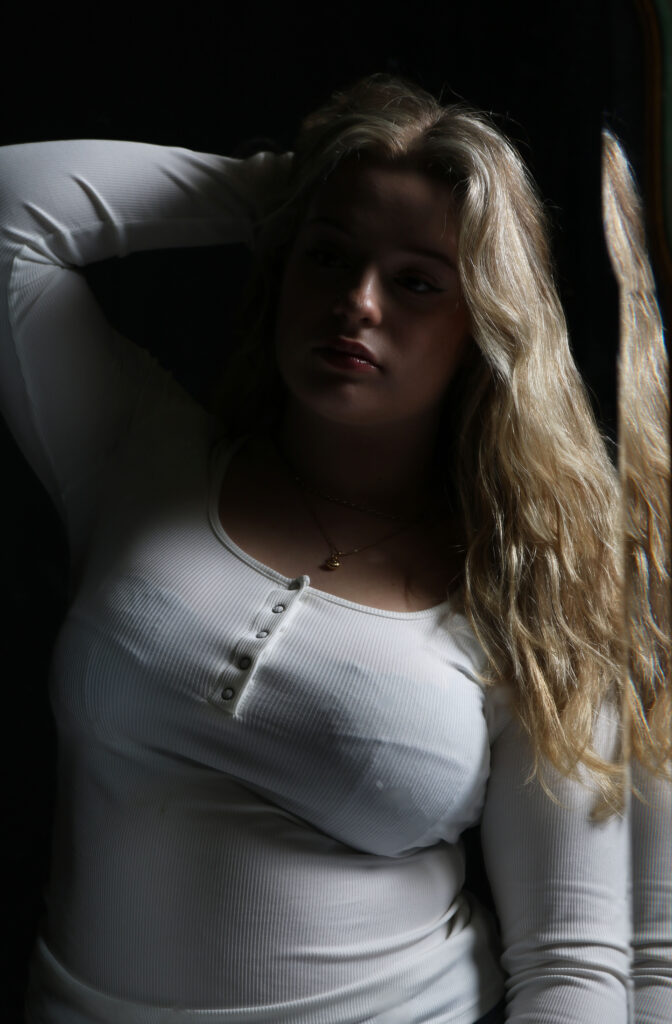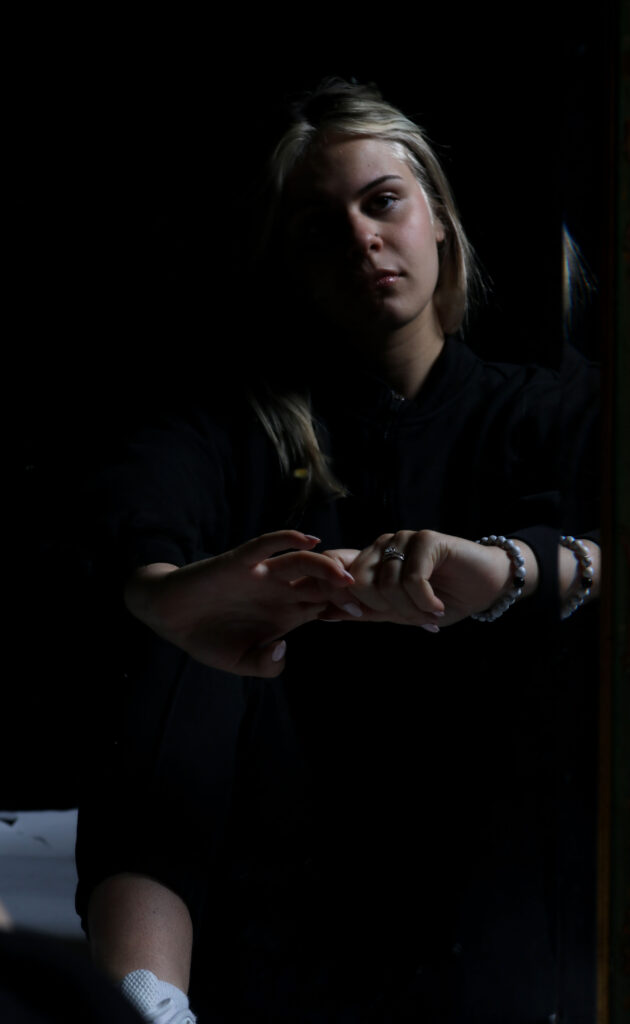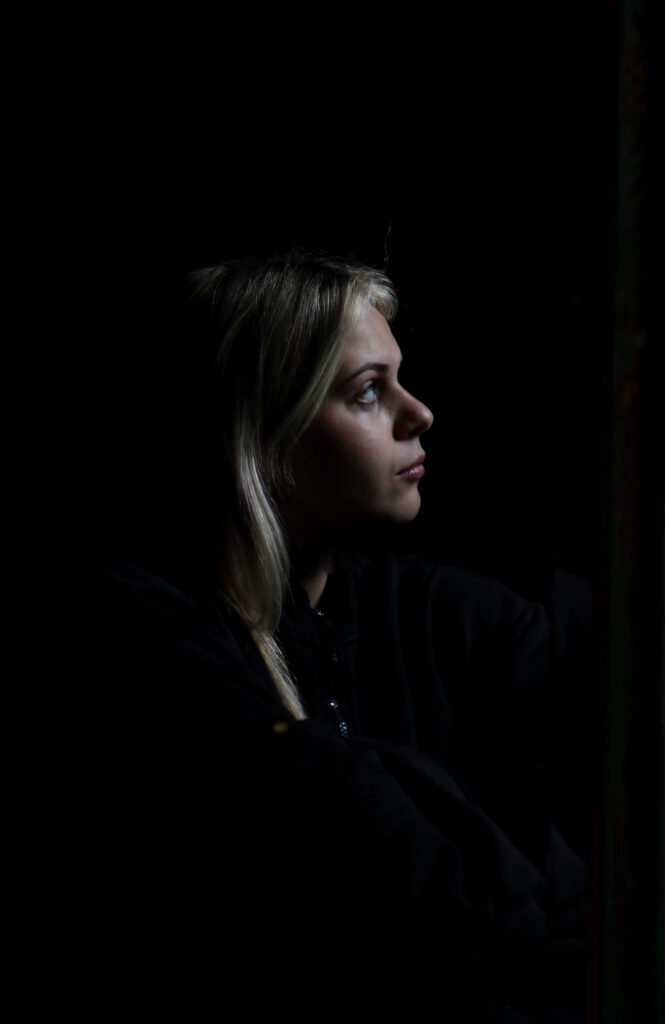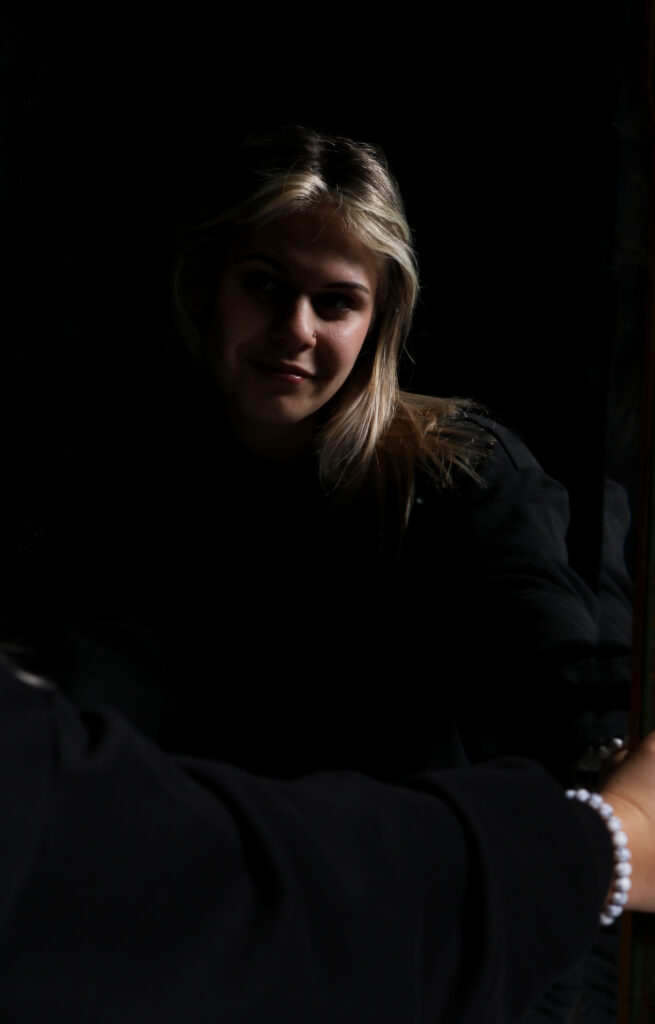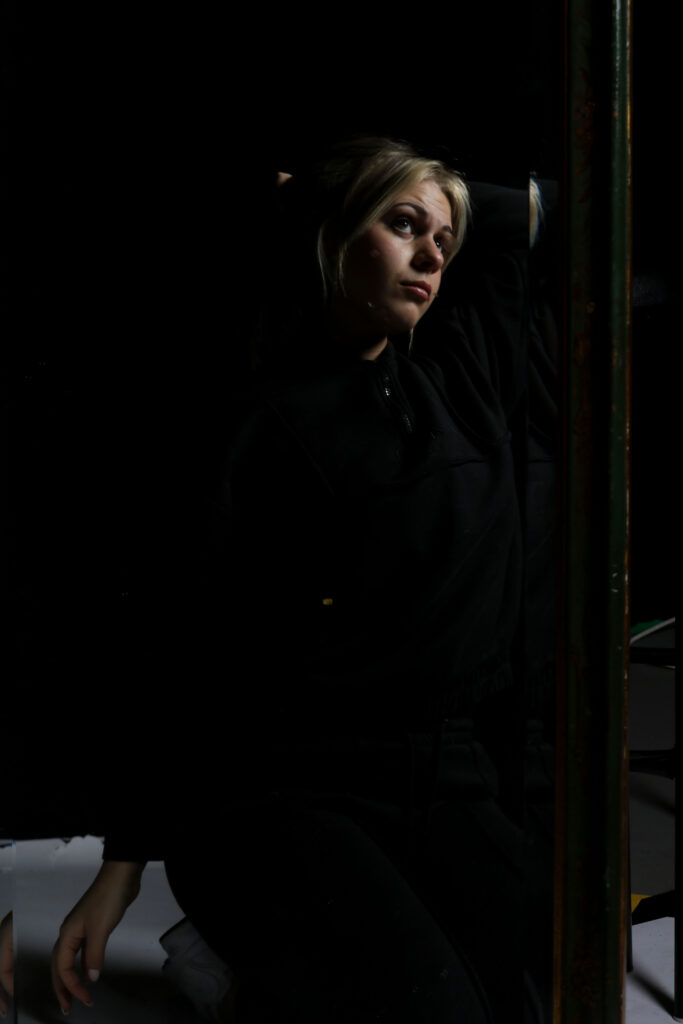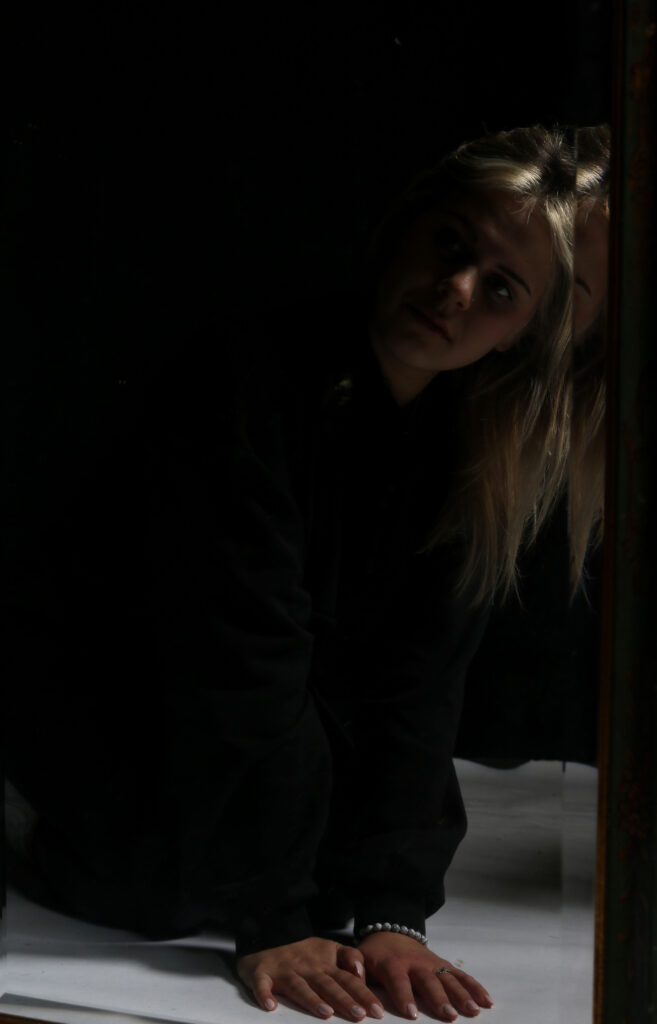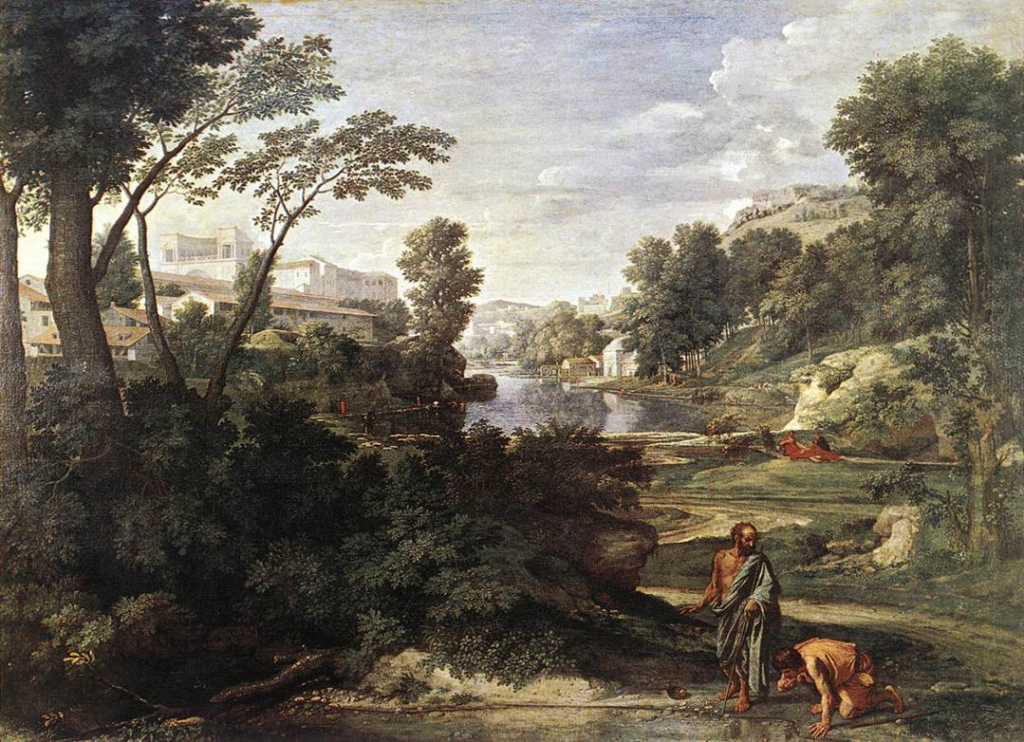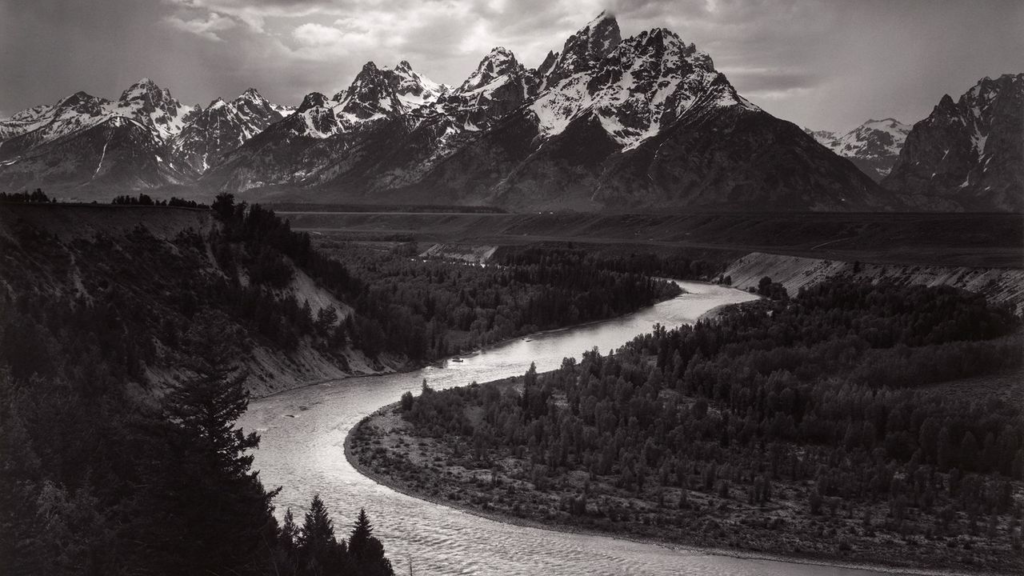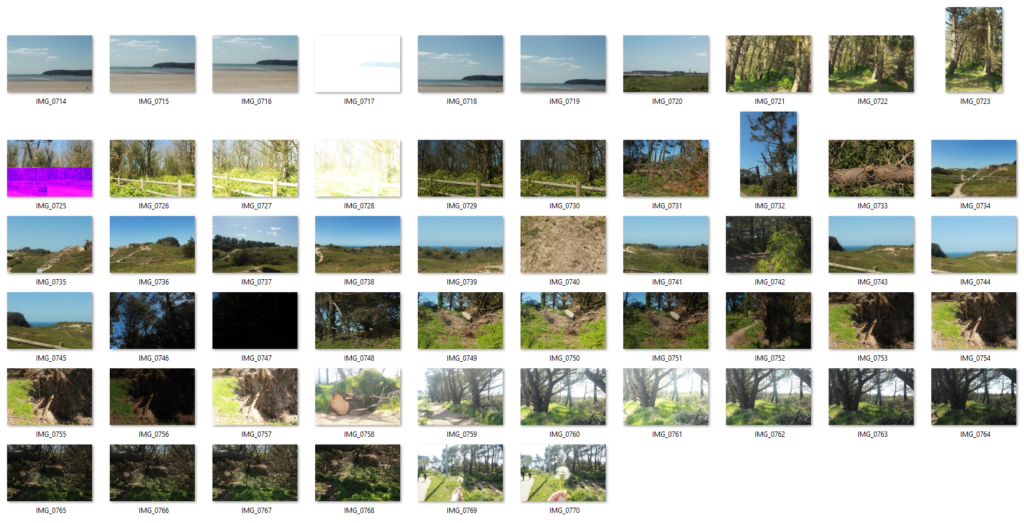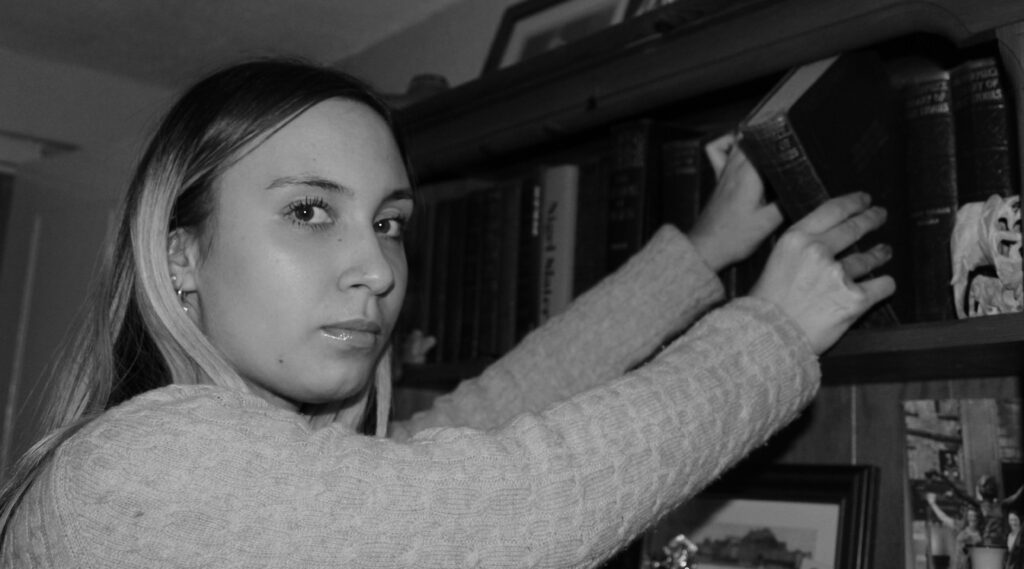Questions to consider?
- How successful were my final outcomes?
- Did I realise my intentions going forward?
- What refernces did I make to artist references- ( commenting on technical, visual, contextual,, conceptual?)
- Is there anything I would do differently/change etc.
I believe that my final outcomes were successful. The parts of the project especially Masculinity and Femininity that I enjoyed was bring able to be creative and experiment with the playing around with photographs/ideas such as using the mirror, playing around with hair and experimenting what bit of the human skin and body can be considered to be more masculine and feminine and taking close up shots of elements specific to that.
I realised my intentions going forward and the motive that I was going for, I wanted each photoshoot to focus on individual parts that we consider more or less feminine or masculine.
Reference to artist references that I have made in my photoshoots have been Cindy Sherman where I have followed and took inspiration from her work and specifically inside the house photographs representing a housewife aesthetic. As well as taking photographs of Cindy Sherman I took photographs inspired by Lauren Withrow where she took field-like photographs of the subject and mysterious like images with themes of secrecy, abandonment and confusion.
One of the challenges that I faced in this project was timing and lighting. I believe that if I spent more time on the photoshoots and looked more specifically at the setting of the camera/how to make the photographs appear more intense and change the background inside the studio-like photographs in some of the photoshoots I think there would be more appealing approach towards my outcome of photographs.
Another aspect were I could have improved in my photoshoots is the blurriness in some of my photographs. I could have looked back on my photographs, see what didn’t work well specifically in what background did the blurriness occur/did it ruin the photograph or appear better with the rest of the photographs/if it pairs well.

